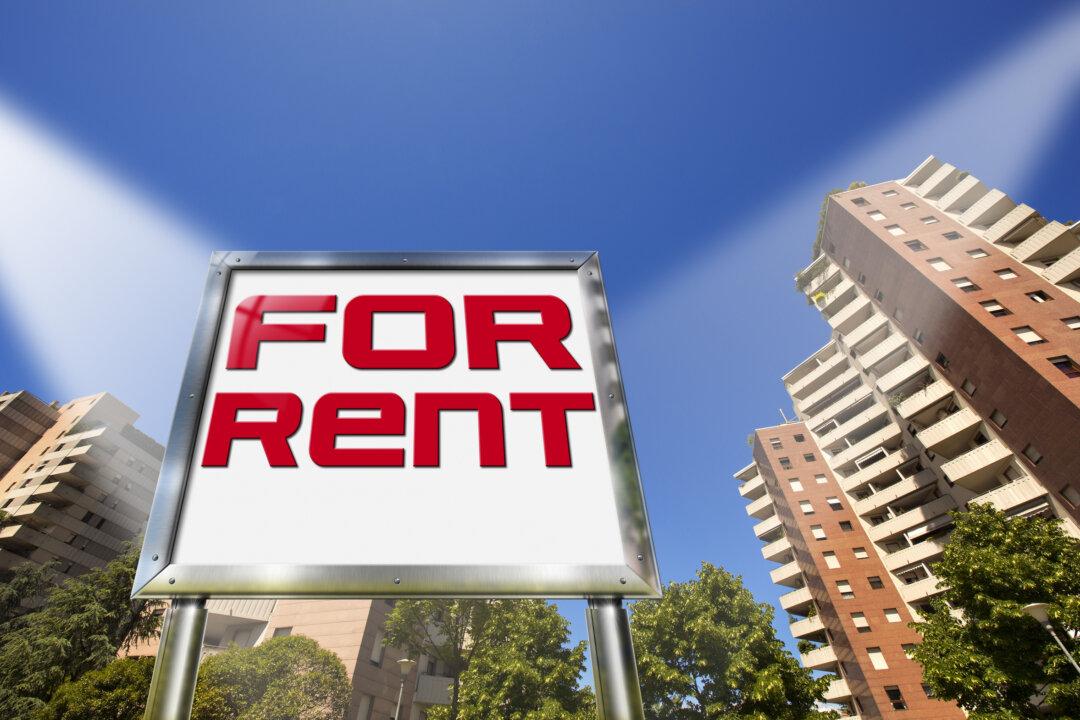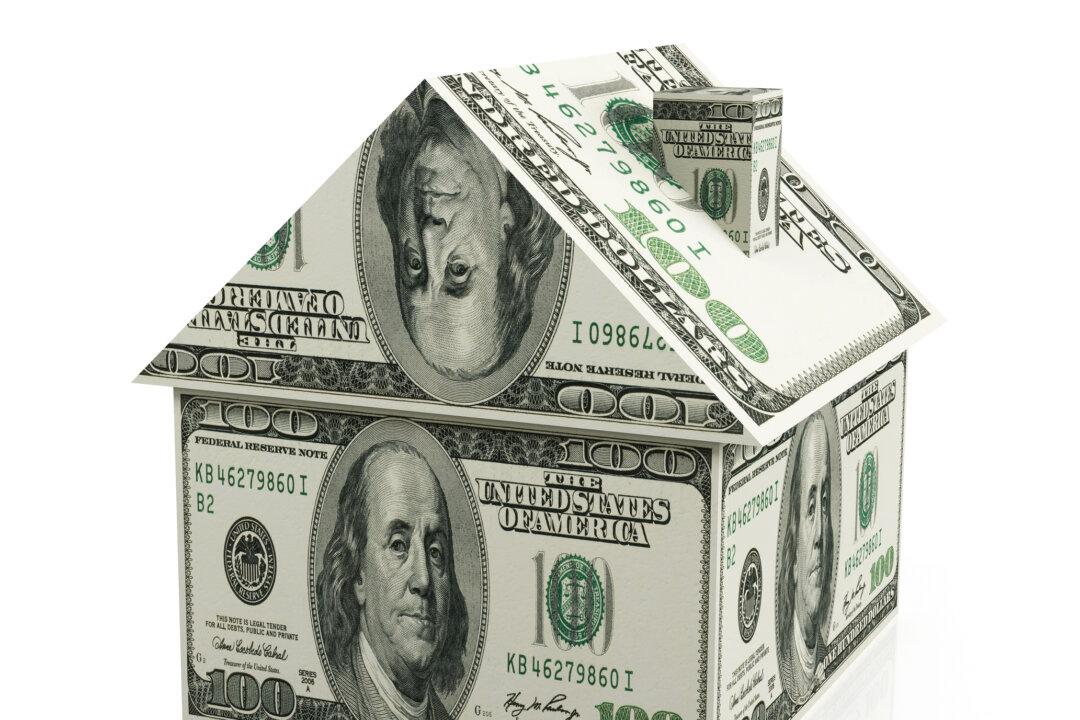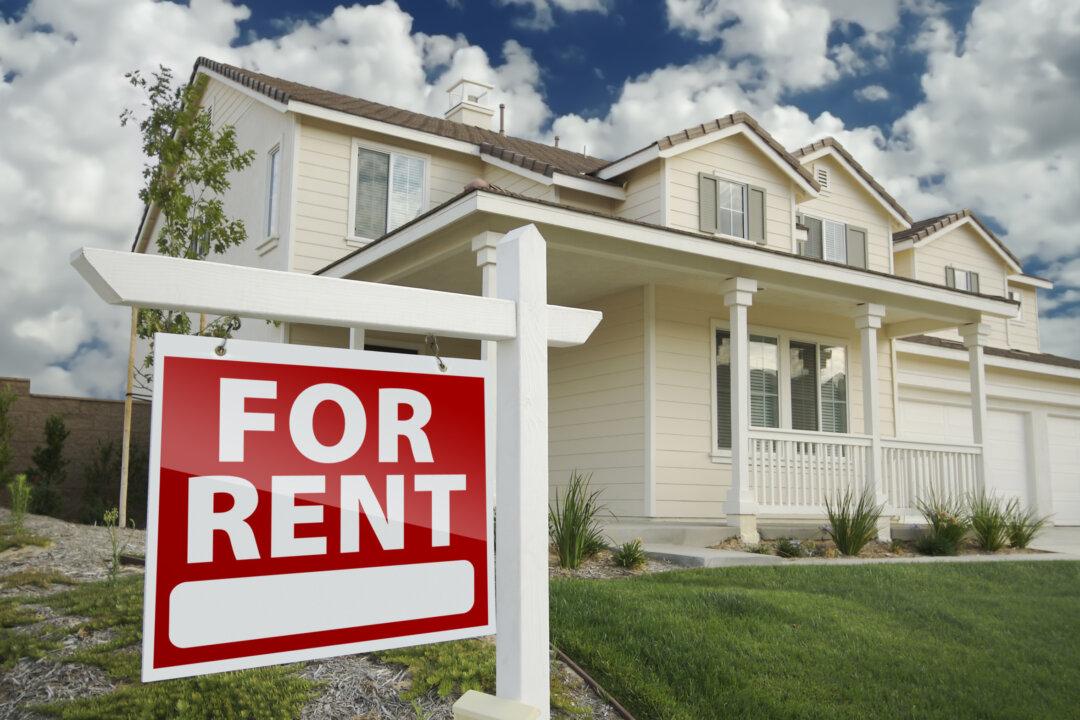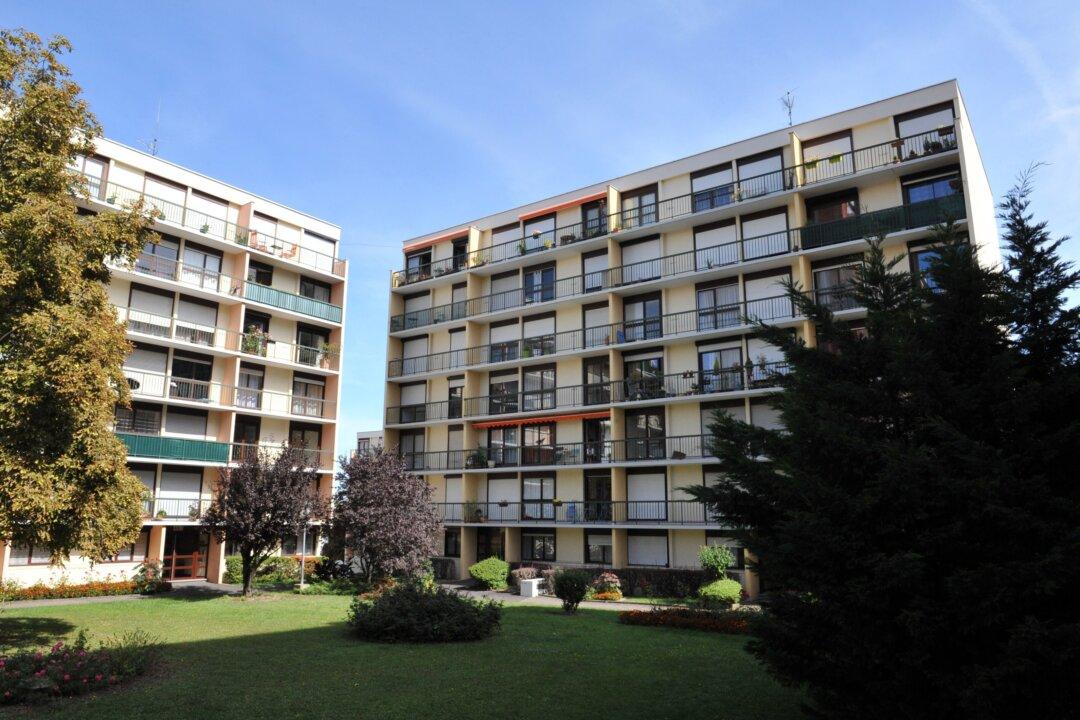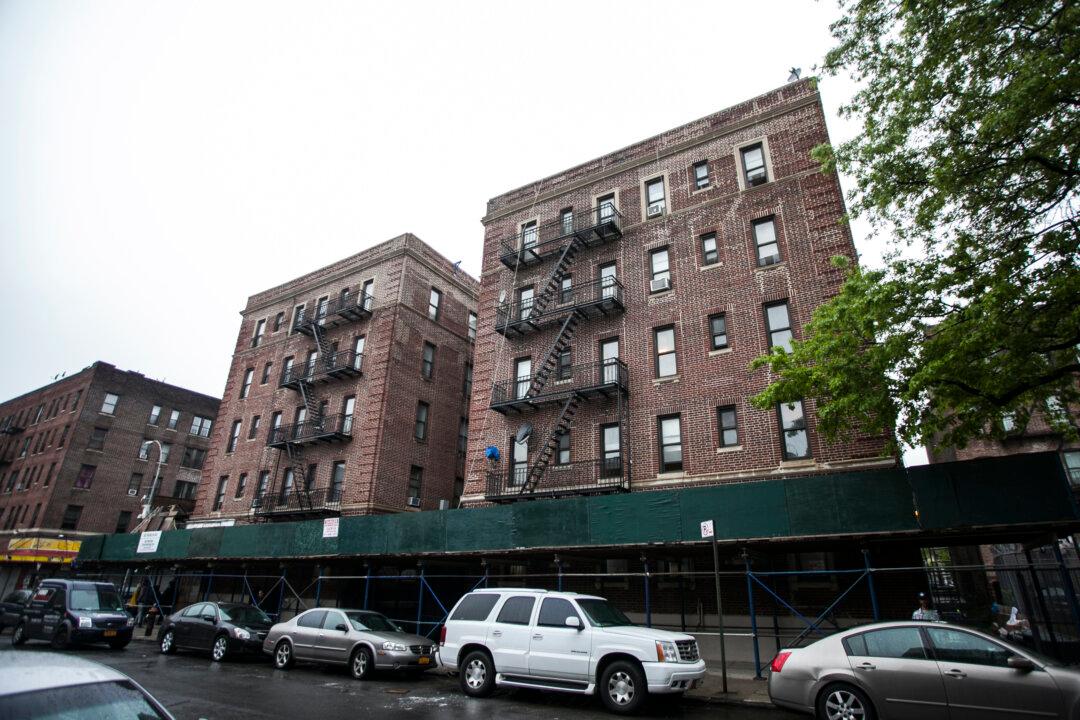I get this question all the time. People are worried about buying too early or buying too late. This question is usually from people who are looking at using the buy, rent, and hold strategy. Therefore, I will address this question from that perspective.
In my experience, there is no real “right” time or “wrong” time to invest. Sure you can identify a time in history when it might have been a good time to buy, but you only know that after the fact. As they say, hindsight is 20/20.
When people ask if it’s the right time to buy, what they are really asking is this: Is the purchase price right? Is it set to go up or down? This is the type of thinking that has carried over from investing in the stock market. But they are the wrong questions to ask in this situation.
Investing based on purchase price should never be your strategy for buy, rent, and hold. All that matters is that you get a positive monthly cash flow.
Investing Based on Cash Flow
The real estate market is cyclical and always has increases and decreases in price over a several-year period. Pick any period. Your approach should always be to invest based on cash flow. Let’s look at an example.
A house in town is selling for $250,000. The investor is going to put 20 percent down, which is $50,000. A mortgage of $200,000 will make up the balance.
The investor is able to get a mortgage with payments of $950 a month. The insurance is $1,200 a year and taxes are $2,400 a year.
Therefore, monthly costs are $950+$100+$200 = $1,250. The rent for the unit is $1,400 a month, giving a net cash flow of $1,400-$1,250 = $150.
Next, a similar house is selling for $275,000. The investor is going to put 20 percent down, which is $55,000. A mortgage of $220,000 will make up the balance.
Monthly mortgage payments are $1,025, insurance is $1,260 a year, and taxes are $2,520 a year. Therefore, monthly costs are $1025+$105+$210 = $1,340. The rent for the unit is $1,640 a month because of the better location and finished basement. This provides a net cash flow of $1,640-$1,340 = $300. The important thing here is the cash flow, not the actual rates for mortgages or taxes etc.
So as you can see in this example, the second property was more expensive, but the cash flow doubled for only an additional investment of $5,000. The annual return on investment (ROI) for the extra $5,000 is $150 x 12 = $1,800. This is a 36 percent ROI, which makes it a pretty good investment decision.
For a more detailed explanation on how to do a simple evaluation, read my column Evaluating Rental Real Estate Investments, which discusses how to use the Gross Rent Multiplier.
A ‘Better’ Time to Invest
There is one market condition where it is a “better” time to invest. That’s when it is a buyer’s market, and when interest rates are low.
A buyer’s market exists when there is a lot of inventory (many houses) on the market that aren’t selling quickly. This situation could exist due to a number of reasons.
One reason might be that it’s during an off-peak season (summer or the holiday season, for example). Another reason might be that the banks have made it more difficult for people to qualify for financing.
So here’s the opportunity for the investor. Interest rates are near all-time lows and people are generally having a more difficult time getting approved for a mortgage. It’s unfortunate for these people, but it makes it a much better situation for investors who are able to purchase properties with low financing costs.
Since it’s more difficult for the average folks to purchase a home, they have to keep renting, thereby allowing investors to charge more rent. Of course, some restrictions apply based on rent controls that may be in effect for a given area.
So when is the right time to invest in real estate if you plan on renting out the property? Any time, as long as your investment gives you a positive cash flow.
Jim Pellerin has been investing in real estate for over 25 years. He is the author of “7 Steps to Real Estate Riches.” Check out his blog at www.jimpellerin.com.
